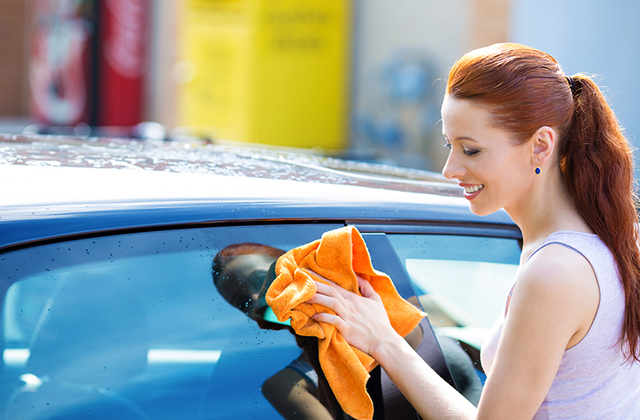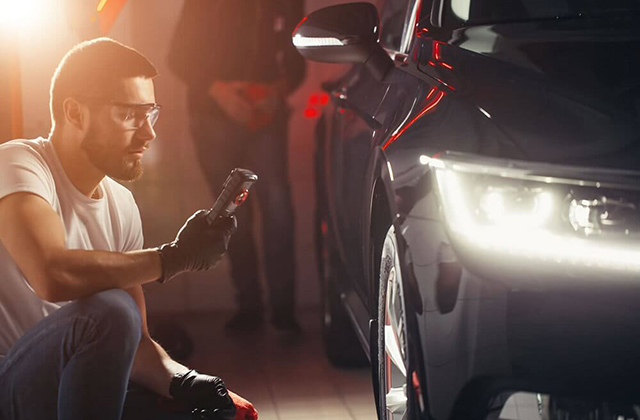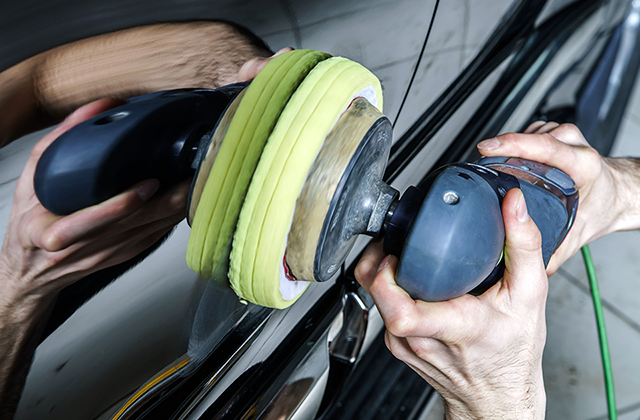Have you ever had the desire to fix your own car? Car paint protection is not enough to fix your vehicle looks. It can seem hard to work through the process of getting your car repaired, but the rewards are many. You will save money as well as elongate your car’s life. Use the tips below to help you do your own car repairs.
When you visit a mechanic, make sure to ask lots of questions. These questions can involve issues you’re dealing with and what you can do to avoid them in the future. Learning how to prevent certain issues will help you save a lot of money.
Always keep and eye on the radiator to make sure that it is full. Run your car for a bit, turn off the engine and then open the hood. Do not open the radiator if the car is running. Use a dipstick to gauge how much radiator fluid you have, keeping in mind that most types need to be diluted with water.
Before allowing an auto shop to do repairs to your vehicle, ensure you are aware of the total cost. You want to make sure that you understand each and every charge, and if you do not then you need to clarify and ask questions before any work is done. If you do not communicate with your mechanic, you might be surprised with additional fees once you receive your bill.
You need to see if the mechanic has ever done work on the exact same type of car before. If they have experience with your type of car, they are more likely able to correctly diagnose and fix the problems your vehicle is having.
A good referral makes it much easier to locate a trustworthy mechanic. Get recommendations from family and friends. This lets you ask them about their experiences with that mechanic, how much it cost, and if they were satisfied. People will let you know how their experience went.
Go through your automobile’s manual and make sure to mark important pages. This will help you speak intelligently to a technician about your car when it is time to take it in. You may even discover how to solve your car problems yourself.
Keep on hand all of your car’s documentation. Keeping them in the glove compartment is smart. Auto repair professionals likely will want to see those records. The records can help them determine what is wrong with your car.
Research any auto repair service station online. This gives you an idea regarding the public’s view of the particular service and lets you know who and where you should avoid. This information can be used to locate an auto repair shop that you feel is well suited to your needs.
Try to get OEM parts for your car. These parts are the genuine article, produced by your car’s original manufacturer. It can cost a lot less to use parts that are generic, but you won’t get the most out of these things after a while. What is a cheap option now could be an expensive option later.
Do you know the signs of a low quality mechanic? If they talk to you in circles or they don’t pay attention to your questions, you may not be dealing with the best person. Make sure that you trust the person that you are working with.
If there are two tools all cars should have, it is a jack and lug-nut wrench. With that, you also need an extra tire. Most vehicles come with them, but you want to check anyway. The cost of a tow for a flat isn’t worth it! It is a whole lot easier and cheaper if you do it yourself.
You should have a do-it-yourself repair kit in your car at all times. You should definitely have the tools necessary to change a tire, if you need to. Make sure you have a wrench that can loosen the lug nuts on your tires. Also, it is wise to have screwdrivers, a ratchet set, Phillips head screwdrivers and wrenches. Don’t waste your money on bad quality tools. Solid and sturdy tools are ideal so you don’t have to worry about them malfunctioning.
Get multiple estimates if you’re in need of major service. Even though mechanics are trustworthy in general, you could still wind up paying for more than you should. Seek out shops that are reputable and are good with your vehicle’s make and model. They may have an easier time understanding what needs to be done to your car.
Replacing the bulbs on your taillights or headlights yourself can save you both time and money. While it is different with each vehicle, it is much cheaper to do it yourself. Ask whether someone you know can show you how to fix it.
It’s a great idea to consult with your friends and acquaintances when you’re in the market for a new garage or service center. Friends and family can help with recommendations. Still, you should do some research on the shops they recommend. Use online resources to see feedback from others as well.
The labor rate should be posted in your repair shop. If it is not, ask. Also ask the price of a repair, including parts. Some repair shops have details about their rates posted on the walls, but you should not hesitate to ask about rates if you do not see any information. You have a right to know how much a repair will cost and what it will consist of. Some shops will give an estimate on the repair time based on manufacturers guidelines. Some minor repairs could even be an all day job.
Don’t be intimidated by auto repair. You will feel more comfortable once you familiarize yourself with the way your vehicle works. Keep the information here in mind and refer back to it if needed. Using this article makes auto repair a lot easier.



